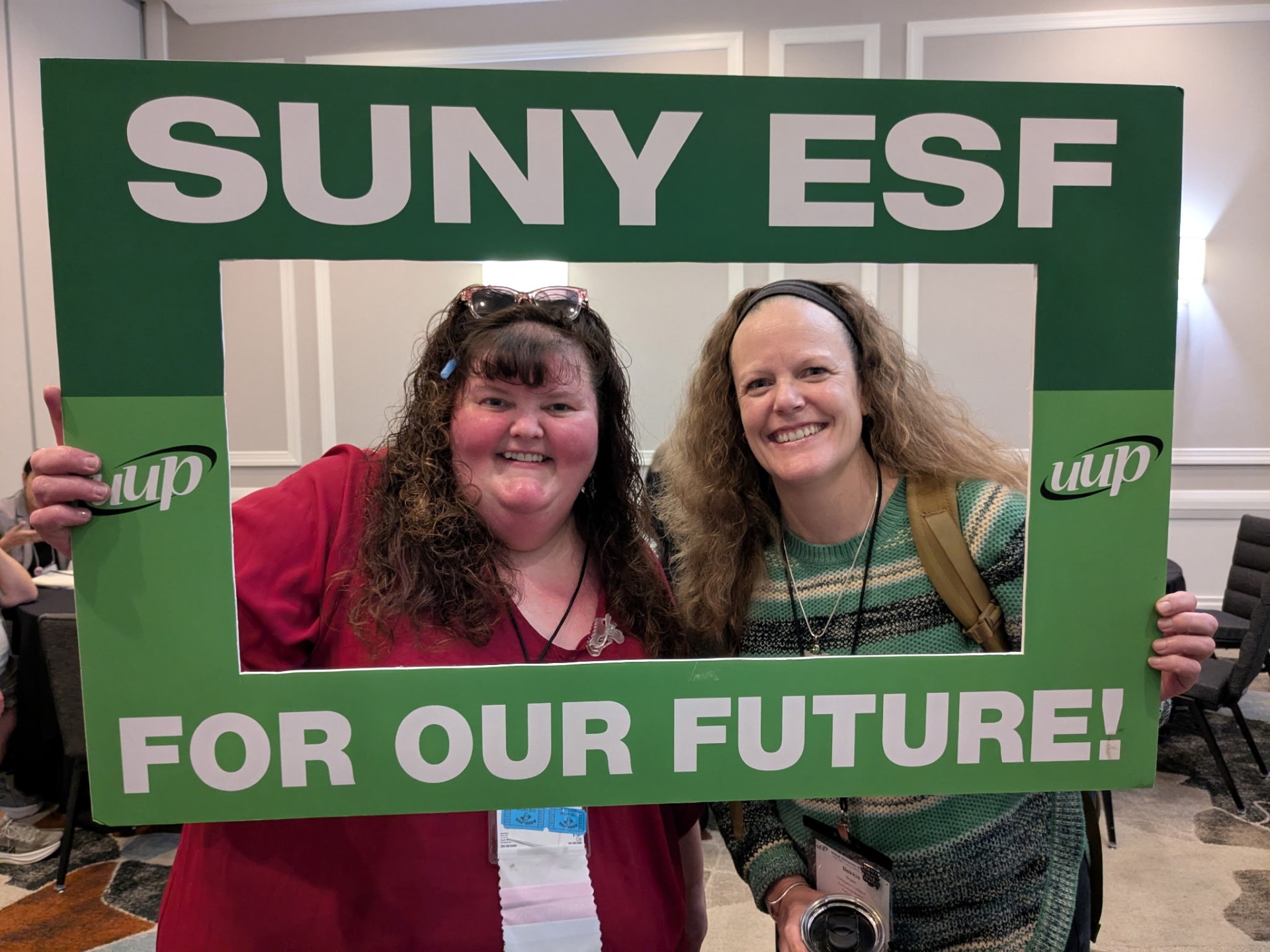
by Nancy Kane, PhD, Kinesiology Department –
Cries of “Huzzah!” ring out from students on the sidelines watching classmates practice skills used in medieval European jousting. Some students are acting as knights, some as squires or heralds, some as royalty. Four of them are getting a good workout as horses carrying the knights. One serves as scorekeeper. Shields have been emblazoned by competing teams, and the knights wear helmets designating them as belonging to the Gold or Silver team. It’s the day of the EXS 197 Joust, in which students in the History and Philosophy of Physical Education and Sport class experience some of the training used by knights in training.
The event was created by Dr. Nancy Kane (’13), who wanted to bring history to life after researching the training methods used in medieval times for her new textbook, History and Philosophy of Physical Education and Sport (Cognella, 2020). The book includes research and kinesthetic activities for each chapter to give students an engaging way to connect with the past and deepen their understanding. Kane was assisted in her research by Jeremy Pekarek, Archivist and Instructional Services Librarian at the Memorial Library Delta Collection, who made SUNY Cortland’s 1898 edition of Joseph Strutt’s book, The Sports and Pastimes of the People of England (1801) available for her study. “I could have read it online, but there is nothing like holding the book, feeling its textures, and studying the words and engravings up close,” says Kane, whose students previously met with Pekarek to learn about Cortland’s archives.
The skills for the students’ jousting day include tilting with jousting lances (made of pillow-topped salvaged bamboo sticks) to spear rings, hitting a target (or a squire), and eventually competing in single combat against another opponent on “horseback.” The various events are described in Strutt’s book as practicing against a quintain, which could mean any of a range of targets from posts to squires holding shields. Quintains could also be rings used as targets: Strutt notes that the French scholar, Charles du Fresne, sierur du Cange (1610-1688), indicated that the Florentines in Italy referred to tilting at rings as “correr alla quintana.” Strutt also credits ancient Roman military training as noted by Vegetius in his book, De re militari., in which knights and squires would use a tree trunk to practice ad palum (against the pole). Eventually, shields and other targets were added, and tilting for rings remained a popular pastime among youth for centuries after the last tournaments faded from memory.
Kane used Strutt’s first chapter in Book III with its illustrations to recreate the training techniques and adapt them for a modern classroom. Strutt’s quintain illustrations were taken from an early 14th century manuscript in the Royal Library, Les Etablissmentz des Chevalierie, which were studied by the engraver and historian Strutt. “Many of my students are physical education majors, and I want them to experience some ways in which we can make history live and they can integrate history into their future classes to bring extra variety and fun to their students. I love the interdisciplinary nature of the event,” Kane adds. Strutt wrote that there is a literary and performing arts component to the pastime of quintain, too. For example, Shakespeare refers to it in As You Like It (I, ii), when Orlando says, “My better parts are all thrown down/And that which here stands up/Is but a quintain, a mere lifeless block.” During the joust, Kane playsWe Will Rock You, a Queen song used in the 2001 Heath Ledger film, A Knight’s Tale, to inspire the competitors and to add excitement.
This is not the first time Kane has used her historical research in practice. While serving as Director of Dance for the Trumansburg Conservatory of Fine Arts, she successfully created and taught a class called Rough and Tumble to encourage young boys to become part of the program. It was based on German gymnastics, parkour or freerunning, and stage combat. With a background as an advanced actor/combatant in the Society of American Fight Directors, she has taught armed and unarmed stage combat to Cortland performing arts majors as well as members of the varsity football and gymnastics teams.
Jousts were the first instance in sports history in which scorecards were used, and the class scorekeeper eventually announces the champion of the day. With typical chivalry, Sir Ethan Irons (’21) invites the entire Gold team to pose for the photo with their shortbread cookie prizes (provided in lieu of a feast). Kane will later print and bring in copies of the photo for each member of the team as a memento. “Transformational Education is part of life at Cortland under our Campus Priorities,” Kane says, “and I love it when we can integrate different aspects of learning into memorable events!” Judging from the expressions on their faces in the photo, her students agree.





